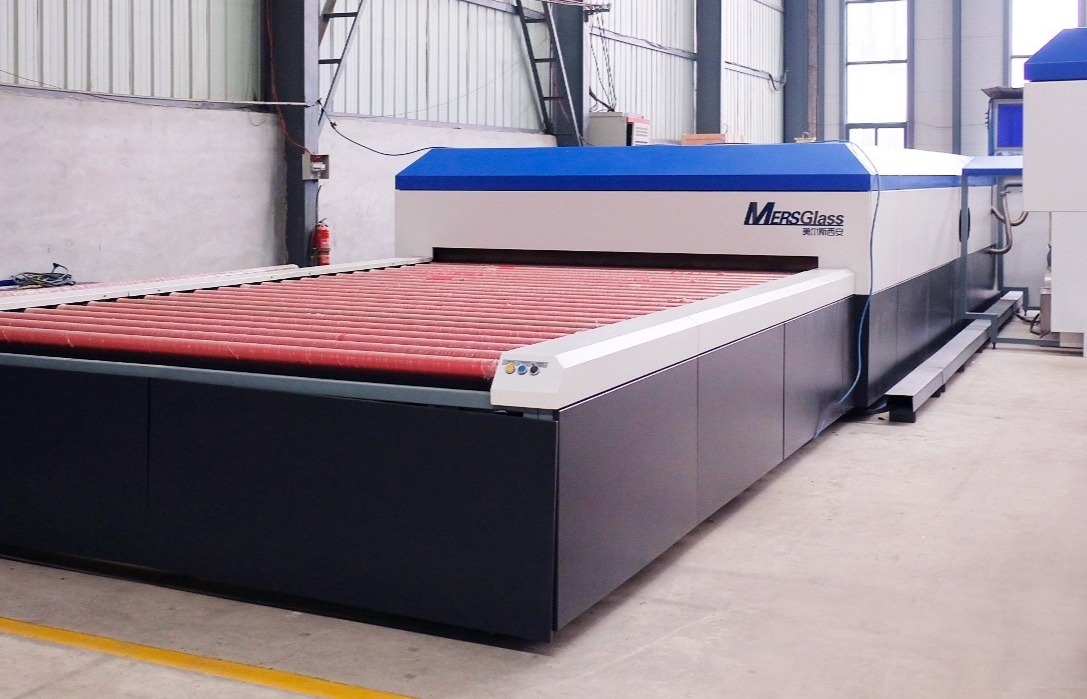
# Non-Autoclave Laminated Glass Manufacturing Equipment
## Introduction to Non-Autoclave Laminated Glass
Laminated glass has become an essential material in modern architecture and automotive industries due to its safety and durability. Traditional laminated glass production often relies on autoclave processes, but advancements in technology have introduced non-autoclave laminated glass machines as a more efficient alternative.
## How Non-Autoclave Laminated Glass Machines Work
Non-autoclave laminated glass manufacturing equipment utilizes innovative bonding techniques that eliminate the need for high-pressure autoclaves. These machines typically employ:
– Vacuum bag systems
– Pressure rollers
– Controlled heating elements
– Advanced interlayer materials
The process involves sandwiching a special polymer interlayer between glass panels and applying controlled pressure and heat to create a permanent bond without the energy-intensive autoclave process.
## Advantages of Non-Autoclave Technology
Modern non-autoclave laminated glass machines offer several benefits over traditional methods:
### Energy Efficiency
By eliminating the need for autoclaves, these systems consume significantly less energy, reducing operational costs and environmental impact.
### Faster Production Cycles
Non-autoclave processes typically have shorter cycle times, allowing manufacturers to increase output without compromising quality.
### Space Savings
Without bulky autoclaves, production facilities can optimize their floor space more effectively.
### Improved Flexibility
These systems allow for easier processing of different glass sizes and thicknesses, making them ideal for custom projects.
## Applications of Non-Autoclave Laminated Glass
The glass produced by non-autoclave laminated glass machines finds applications in various sectors:
– Architectural glazing for buildings
– Automotive windshields and windows
– Security glass installations
– Soundproofing solutions
– UV protection applications
## Choosing the Right Non-Autoclave Laminated Glass Machine
When selecting equipment for your manufacturing needs, consider these factors:
1. Production capacity requirements
2. Available floor space
3. Types of interlayers to be used
4. Desired glass thickness range
5. Automation level needed
6. Energy efficiency ratings
## Maintenance and Operation
Proper maintenance of non-autoclave laminated glass machines ensures optimal performance:
– Regular cleaning of rollers and heating elements
– Periodic calibration of pressure systems
– Timely replacement of consumable parts
– Software updates for automated systems
## Future Trends in Non-Autoclave Lamination
The industry continues to evolve with new developments:
– Integration of IoT for smart monitoring
– Advanced interlayer materials with enhanced properties
– More compact and modular machine designs
– Improved energy recovery systems
Non-autoclave laminated glass manufacturing equipment represents a significant step forward in glass production technology, offering manufacturers a more sustainable, efficient, and flexible solution for creating high-quality laminated glass products.